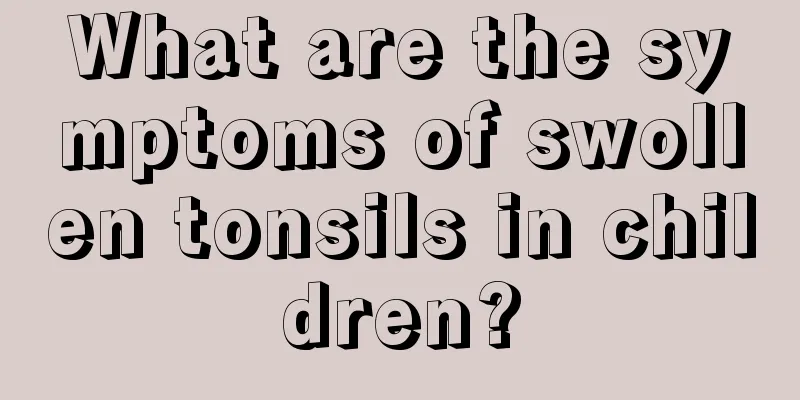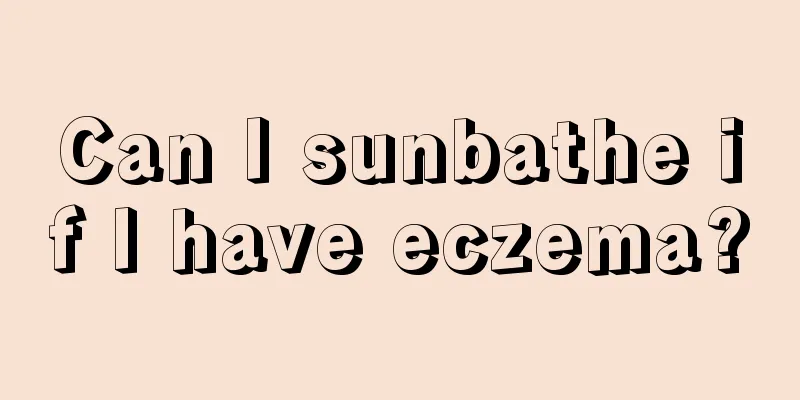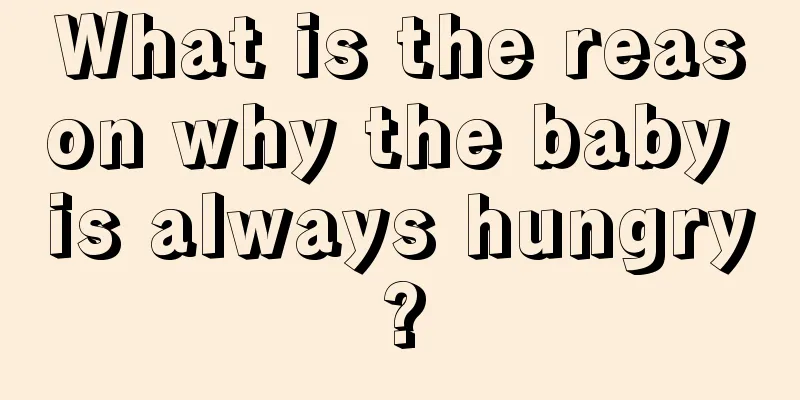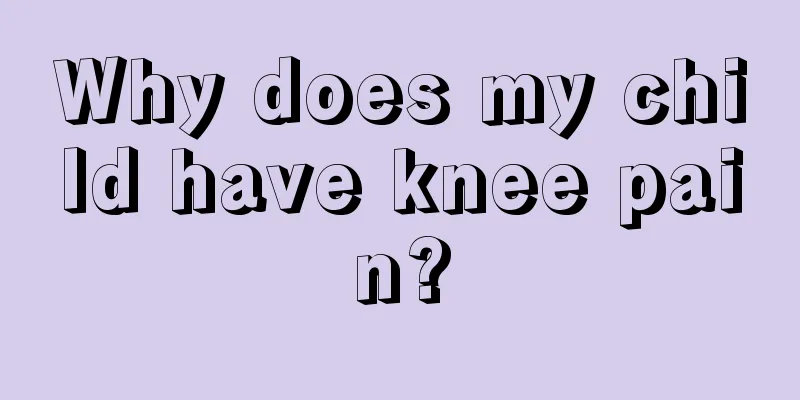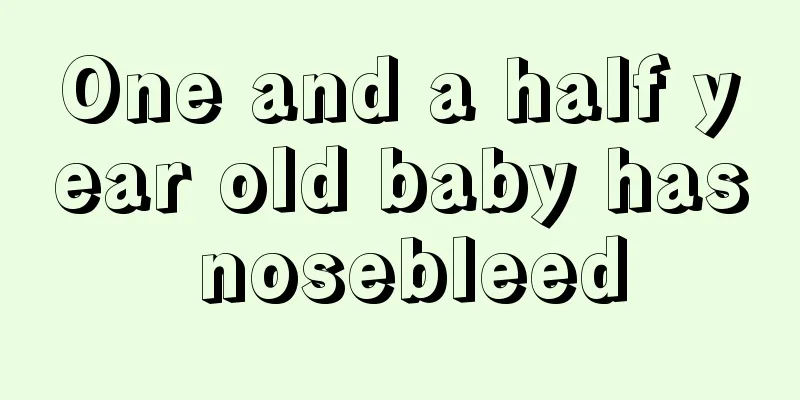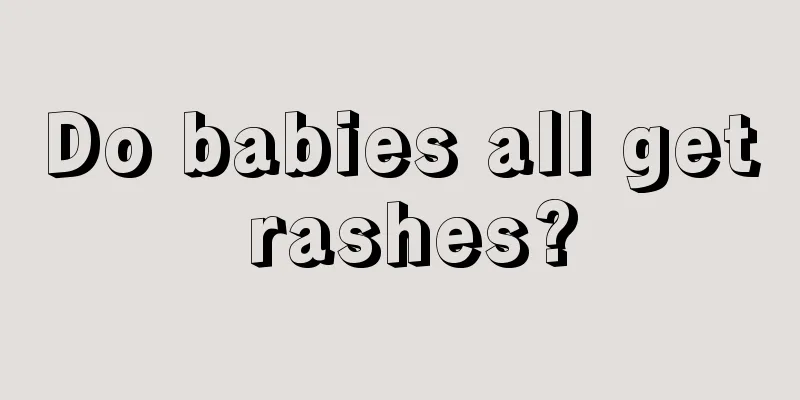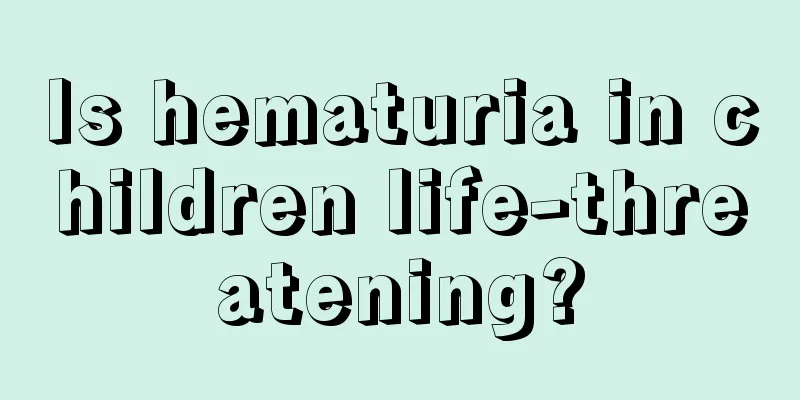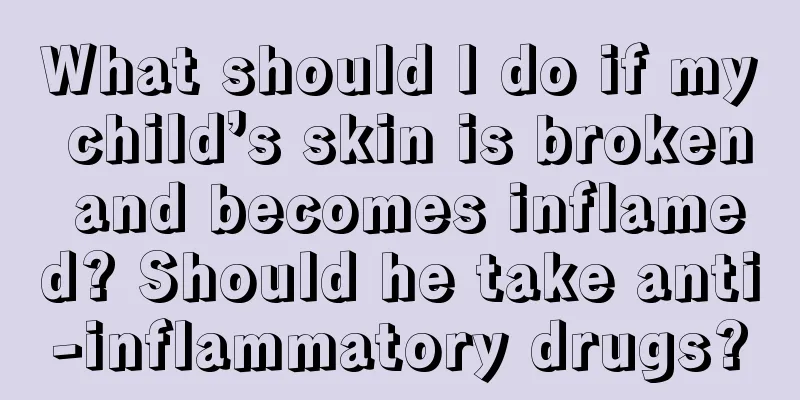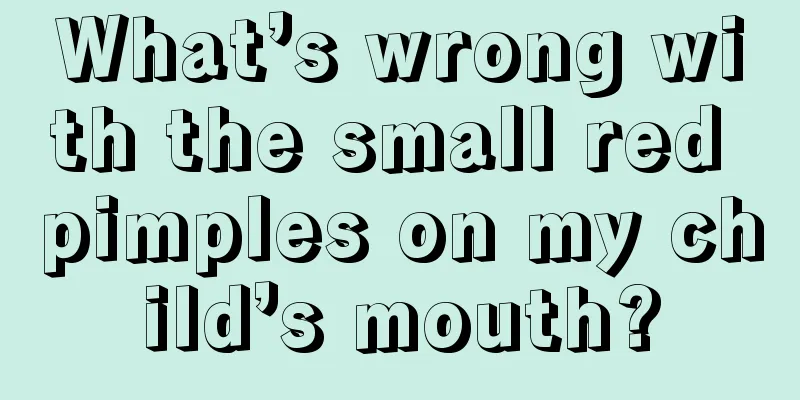How to deal with children's fever and convulsions?
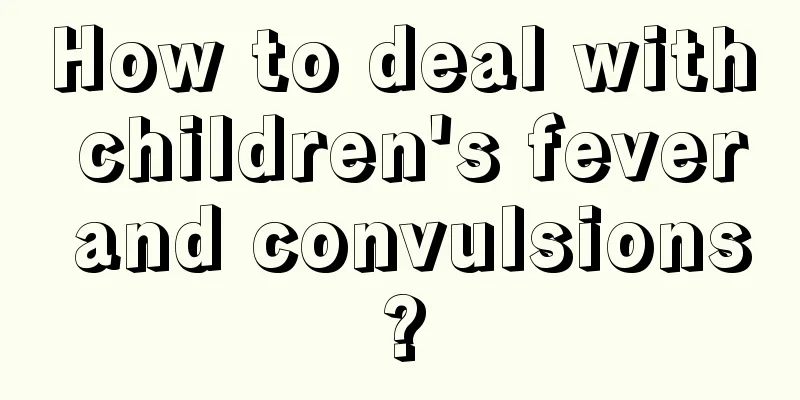
|
When a child has a high fever, it is still very easy to induce convulsions. So how to deal with convulsions in children with fever? Children will have many symptoms during the seizure, such as convulsions, foaming at the mouth, etc., and even hinder normal breathing. In short, the situation is quite critical and must be handled correctly to avoid injury. If necessary, call emergency services as soon as possible. Step 1 Lie on your side or tilt your head to one side Immediately help the baby lie sideways on his stomach, with his head slightly tilted back and his chin slightly protruding forward, without a pillow; or remove the pillow and let the baby lie flat with his head tilted to one side. In this way, the root of the tongue will not block the airway and vomiting will not cause suffocation. Never give your baby medicine when he or she is having a seizure, otherwise there is a risk of aspiration pneumonia. Step 2: Keep the airway open Unbutton your collar, wrap a tongue depressor or chopsticks with soft cloth or handkerchief and place it between the upper and lower molars to prevent biting your tongue. At the same time, use a handkerchief or gauze to promptly clear the secretions from the baby's mouth and nose to keep the respiratory tract open. Step 3: Control convulsions Use your fingers to pinch and press the baby's Ren Zhong, Hegu, Neiguan and other acupoints for two or three minutes, and keep the surrounding environment quiet. Try to move the child as little as possible to reduce unnecessary stimulation. Step 4: Lower your body temperature Place cold towels on the baby's forehead, palms, and thighs, and change them frequently; keep the towel temperature not too high, or fill a hot water bottle with cold or ice water, wrap it with a towel and place it on the baby's pillow, neck, and thighs. If conditions permit, measure body temperature in time, which is very helpful for the diagnosis of the disease. Kind Tips: Even if the baby's convulsions have stopped after emergency treatment, you should go to the hospital to further find out the real cause of the convulsions. If the baby's convulsions last for more than 5 minutes and cannot be relieved, or if the convulsions occur repeatedly in a short period of time, it indicates that the condition is serious and the baby must be rushed to the hospital. During the medical consultation, keep your baby exposed and straighten his neck to keep his airway open. Do not wrap your baby too tightly as this may block the mouth and nose, causing airway obstruction or even suffocation and death. Through the above introduction, everyone will know clearly how to deal with children's fever and convulsions. There can be no negligence in the health of children. Family members must not only help children overcome difficulties smoothly and avoid life-threatening situations, but also receive professional and systematic medical treatment as soon as possible after the attack stops in order to truly solve the problem. |
<<: What should I do if my child has a fever and diarrhea?
>>: What should I do if my child has diarrhea after a fever?
Recommend
Can the baby take a bath when he has a fever and diarrhea?
When a baby is sick, we rarely let him go out and...
Parents should avoid patting the back of the baby's head when caring for the baby
The back of the baby's head is relatively fra...
Can deciduous teeth be extracted?
Many children often like to eat sweets and do not...
Symptoms of abdominal distension in full-month baby
Babies are particularly prone to abdominal disten...
What is the cause of cold hands when the child has a fever?
A child's fever is already worrying for mothe...
How long does it take to treat neonatal pneumonia?
Some diseases in life are more likely to occur in...
What should I do if my child’s tooth is knocked off?
We all know that children usually like to go out ...
What should I do if my twelve-year-old child is nearsighted?
Myopia in children is a very serious problem. It ...
Can a five month old baby sit?
When a baby is born, his bones are relatively fra...
What causes itchy buttocks in children?
If children's care is not done properly, espe...
What should I do if mycoplasma pneumonia is infected in my children?
If we have a child at home, I believe we all love...
What should I do if my child’s eyes are red and swollen?
Whenever I see my child’s eyes become red and swo...
Premature baby jaundice has not subsided after 50 days
Jaundice is more common in premature babies than ...
How to take care of a child’s red anus?
Many new mothers will find that their baby's ...
How to deal with children's fever and cold hands and feet? Three methods can solve it
Many babies may have cold hands and feet when the...
